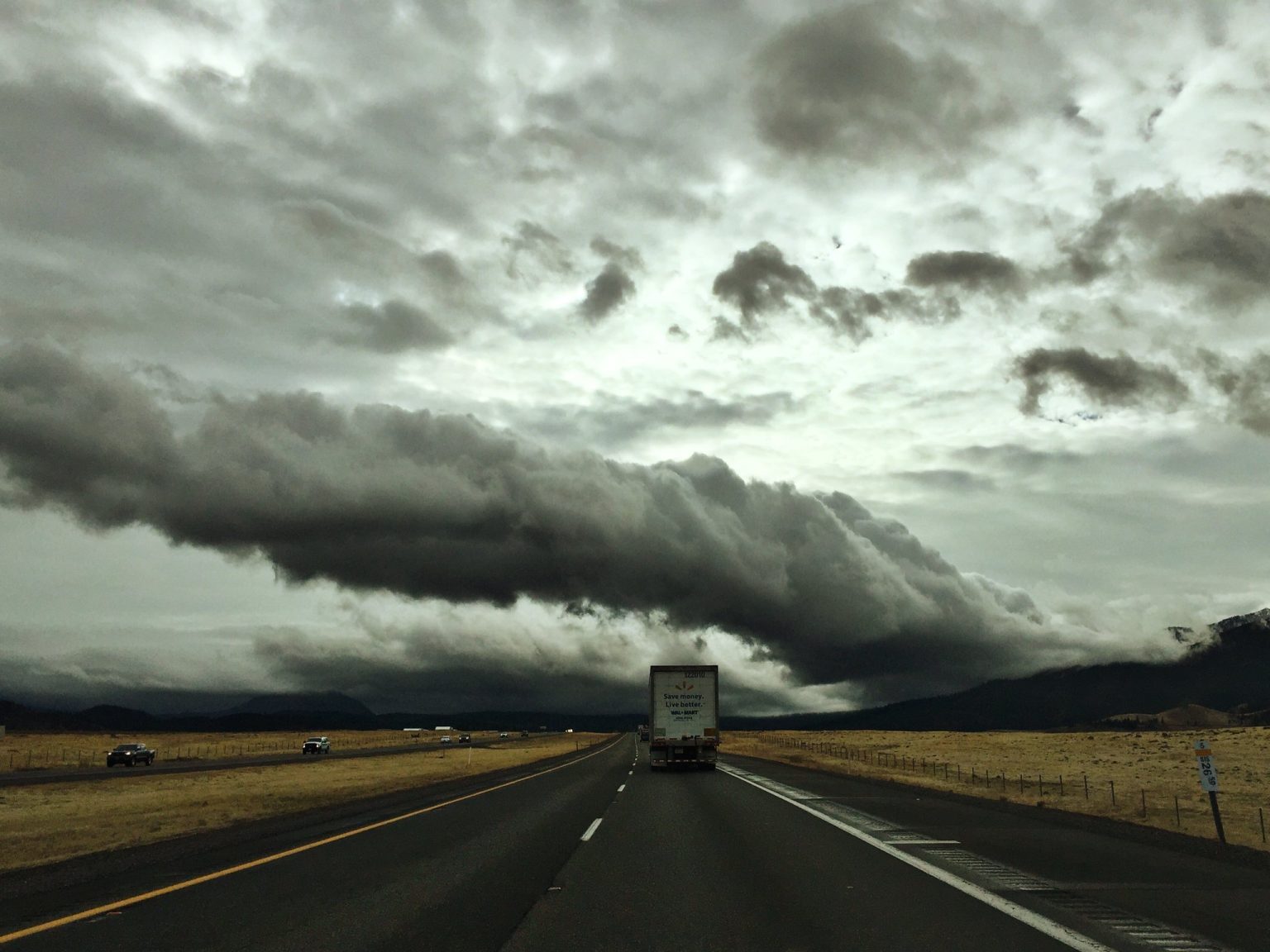University of Washington atmospheric sciences professor Dale Durran and his colleagues have developed an AI-powered forecasting tool called StormCast that can accurately predict thunderstorms and rainfall within a range of just a couple of miles. This tool, which relies on artificial intelligence and generative AI, operates faster than existing systems and uses simpler machines that are more efficient at computing and consume less energy. The tool has become increasingly important due to the rise in extreme weather events such as flooding, hailstorms, and record-breaking temperatures caused by global warming.
StormCast was developed by a team consisting mainly of researchers from Nvidia, a leading chip maker that is leveraging the AI boom. While the training of the StormCast model required significant computational power and energy, using it requires much less of both. StormCast works by rapidly running five different simulations that adjust the initial atmospheric conditions using generative AI, providing more accurate forecasts compared to the traditional High-Resolution Rapid Refresh (HRRR) model from NOAA for local forecasts covering current conditions up to six hours out, with results extending up to 12 hours.
There are plans to further improve StormCast by incorporating real-time radar and satellite information on clouds to enhance its forecasting accuracy. In addition to StormCast, NOAA is investing in a new high-performance computer system named Rhea that will enhance its use of AI in weather, climate, and wildfire forecasting. The incorporation of AI into forecasting has been increasing, with a focus on tools for global predictions extending up to 10 days. Other organizations, such as the European Centre for Medium-Range Weather Forecasts, Microsoft’s Aurora, and climate tech startup Planette, are also utilizing AI for weather and climate forecasting on various time scales.
Despite the advancement and potential of AI-powered forecasting tools like StormCast, Durran does not see them as replacements for existing resources but as complements or starting points for forecasting. He credits one of his former graduate students and co-author, Jonathan Weyn, for recognizing AI’s potential in atmospheric science. The research team that developed StormCast also included researchers from Lawrence Berkeley National Laboratory and the University of Minnesota. They have released a preprint article on StormCast that has not yet undergone formal peer review, showcasing the tool’s capabilities and advancements in weather forecasting technology.


